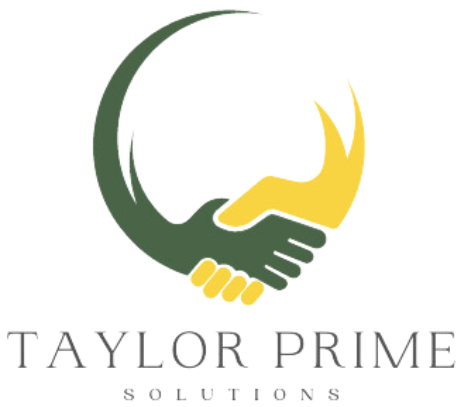So you’ve been credentialed with insurance — congratulations! 🎉 But now comes the part that determines whether you’ll get paid: Insurance Billing Setup After Credentialing
Whether you’re running a solo practice or managing a team, a streamlined billing process is essential to ensure timely payments, minimize denials, and maintain compliance.
This post breaks down how to set up insurance billing after credentialing, and how Taylor Prime Solutions can step in to take the burden off your shoulders.
📌 If you haven’t completed credentialing yet, start with our guide on How to Get Credentialed With Insurance as a BCBA.
✅ Step 1: Review Your Contracts and Fee Schedules
Before billing your first claim, review your:
-
Payer contracts: Ensure you’re listed as in-network, confirm effective dates, and check authorization rules
-
Fee schedules: Know your reimbursement rates for common ABA CPT codes (e.g., 97151, 97153, 97155, etc.)
💡 Tip: Some payers reimburse differently for in-home vs. clinic-based services.
✅ Step 2: Verify Electronic Setup with Each Payer
Most insurance companies require:
-
ERA (Electronic Remittance Advice) enrollment
-
EFT (Electronic Funds Transfer) setup
-
Provider portal logins for submitting claims and checking status
Set this up using your NPI and Tax ID to receive payments and track claims electronically.
✅ Step 3: Choose a Billing Workflow or Partner
You have two choices:
Option A: In-House Billing
You’ll need:
-
A HIPAA-compliant billing software or EHR (e.g., CentralReach, Rethink, Office Ally, SimplePractice)
-
A trained staff member (or yourself) to manage claims, rejections, and follow-ups
-
Time to learn payer-specific rules and CPT coding best practices
Option B: Work with a Billing Partner
We handle the entire billing cycle:
-
Claim submission
-
Payment posting
-
Denial management and appeals
-
Authorization tracking
-
Monthly reports
📌 Outsourcing billing allows you to focus on clients, not claims.
✅ Step 4: Understand What Documents You Need to Bill
Each claim should be backed by:
-
Session notes (SOAP or DAP)
-
Authorization number and valid date range
-
Correct CPT and modifier usage
-
Time in/time out records
-
Diagnosis code (e.g., F84.0 for Autism Spectrum Disorder)
💡 Poor documentation = payment delays or clawbacks later.
✅ Step 5: Submit Clean Claims Consistently
-
Submit claims within 24–48 hours of service
-
Double-check authorization and CPT alignment
-
Use a CMS-1500 form (or equivalent EHR output)
-
Batch submissions weekly for better cash flow
✅ Step 6: Monitor Payments and Follow Up on Denials
Track:
-
Payments vs. billed amounts
-
Denied or rejected claims
-
Unpaid claims after 30–45 days
-
COB (Coordination of Benefits) issues or medical necessity denials
🔁 Appeals and corrected claims must be submitted before payer deadlines (some as short as 60 days).
🤝 How We Help You with Insurance Billing Setup After Credentialing
At Taylor Prime Solutions, we specialize in post-credentialing billing setup for new BCBAs and ABA practices. We offer:
-
✅ Full billing system configuration (ERA, EFT, payer portals)
-
✅ Claims management, denial resolution, and payment posting
-
✅ Authorization and documentation tracking
-
✅ Monthly performance reports and AR recovery
-
✅ Hands-on support so you don’t miss a reimbursement opportunity
📞 Call us today at 844-TAYLOR-9 (844-829-5679)
🌐 Message us online
📧 Send us an email


